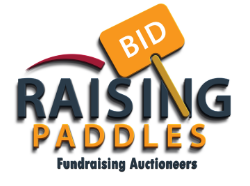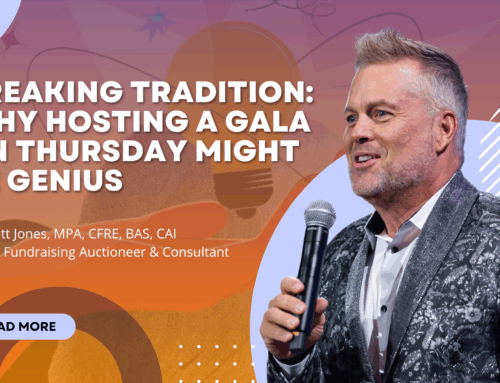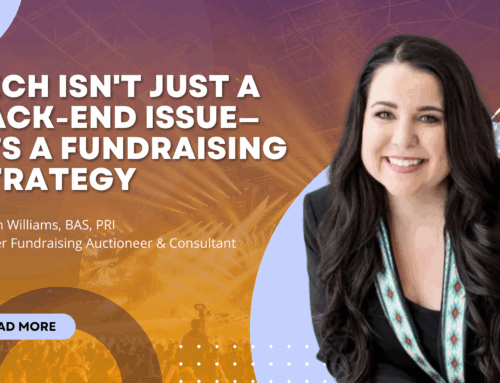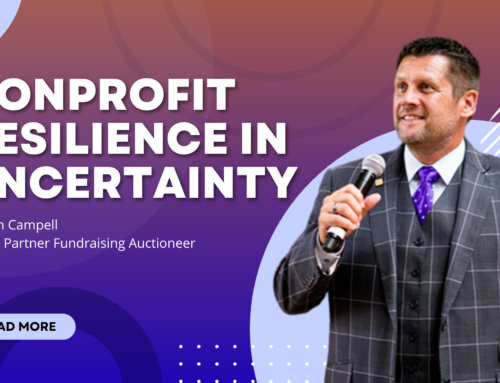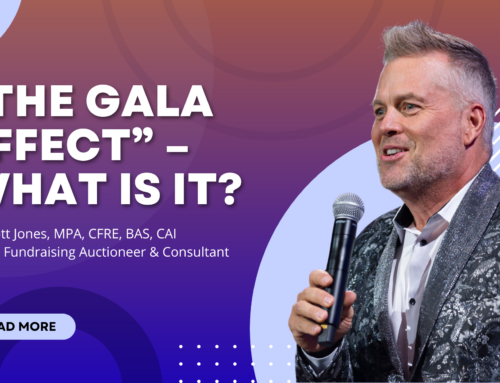If you are looking for ways to increase visibility to your mission, there is a program thru Google that offers non-profits grants to help them promote their cause and increase visibility to attract more donors and supporters, as well as increase visibility to those who might become recipients of your mission. Of course, you will likely have your own paid google ad campaigns, and you should keep those in place, but why not take advantage of free advertising with these grants?
It’s a fairly simple process, but just follow these steps to get started:
- Navigate to google.com/nonprofits.
- Request a Google for Nonprofits account.
- Complete the Ad Grants eligibility form.
- Submit your activation.
- Accept the Ad Grants invitation.
We have attached a quick tutorial if you want to learn more about this program:
Once you have been granted eligibility, there are some things to be aware of about this program. Ad Grantees have a monthly spending limit of $10,000, which equates to $329 per day. You can’t exceed this limit, and any unspent advertising money doesn’t roll over to the next month.
There’s a restriction on bidding, too. When multiple advertisers are competing for ad placements on a keyword’s search engine results page (SERP), the amount they’re willing to pay per click helps to select their ad’s position relative to others. This means that advertisers who bid higher have a higher chance of securing the top ad position. For Ad Grant accounts, the maximum amount paid per click, or cost-per-click (CPC), is $2 for most keywords. In other words, nonprofits participating in the program can’t bid more than $2 for each click on their ads. The Google Ad Grants budget and bidding limitations are intended to help nonprofits spend their advertising money effectively.
You do have spending limits inside this program. To make the most of this Google Ad Grants restriction, use the following bidding strategies and Google recommendations:
- Focus on high-value keywords
- Assign different priorities to your campaigns and allocate your budget accordingly
- Improve your Quality Score to lower the CPC for keywords
- Use the Maximize Conversion Values bidding strategy when tracking donations, purchases, or membership fees
- Use the Maximize Conversions bidding strategy for all other goals
- Use Target CPA and Target ROAS for more advanced strategies
The Google Ad Grants program only allows the use of text ads. Your nonprofit can’t use image or video ads through its Ad Grant account, which may limit the visual impact of your campaigns. There’s also no access to the Google Display Network (GDN), which includes both display prospecting and remarketing.
For mission-driven organizations, this type of nonprofit marketing is incredibly useful for following up on abandoned donations and reminding people about upcoming events.
In terms of ad positioning, ads from Google Ad Grants accounts may appear below paid ads, resulting in lower visibility on search engine results pages. Compared to a standard paid account, Google Ad Grant accounts do come with a few limitations. However, the program is still incredibly powerful. We recommend that you don’t even view the compliance regulations as restrictions! With thoughtful strategies, you can easily follow the program’s guidelines, use them to your advantage, and connect with thousands of likely supporters. You’ll create more impactful Google Ads in no time.
In the meantime, we’ve pulled together some helpful resources we think you’ll like:
- Demystifying the Google Ad Grants Website Policy: A Guide. Sticking to the topic of Google Ad Grant limitations, your website needs to follow several guidelines, too. Learn about the Google Ad Grant’s website requirements.
- How to Promote Matching Gifts: Reimagining Your Google Ads. Want to promote corporate giving with your Google Ad Grant account? Check out this blog post from NXUnite for creative inspiration.
Google Grants Eligibility: Is Your Nonprofit Eligible? Before strategizing how you’ll work around the Google Ad Grants restrictions, make sure you’re eligible for the program. This guide shares the program’s eligibility requirements.
